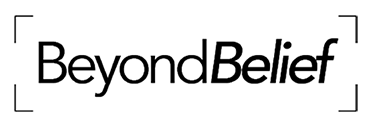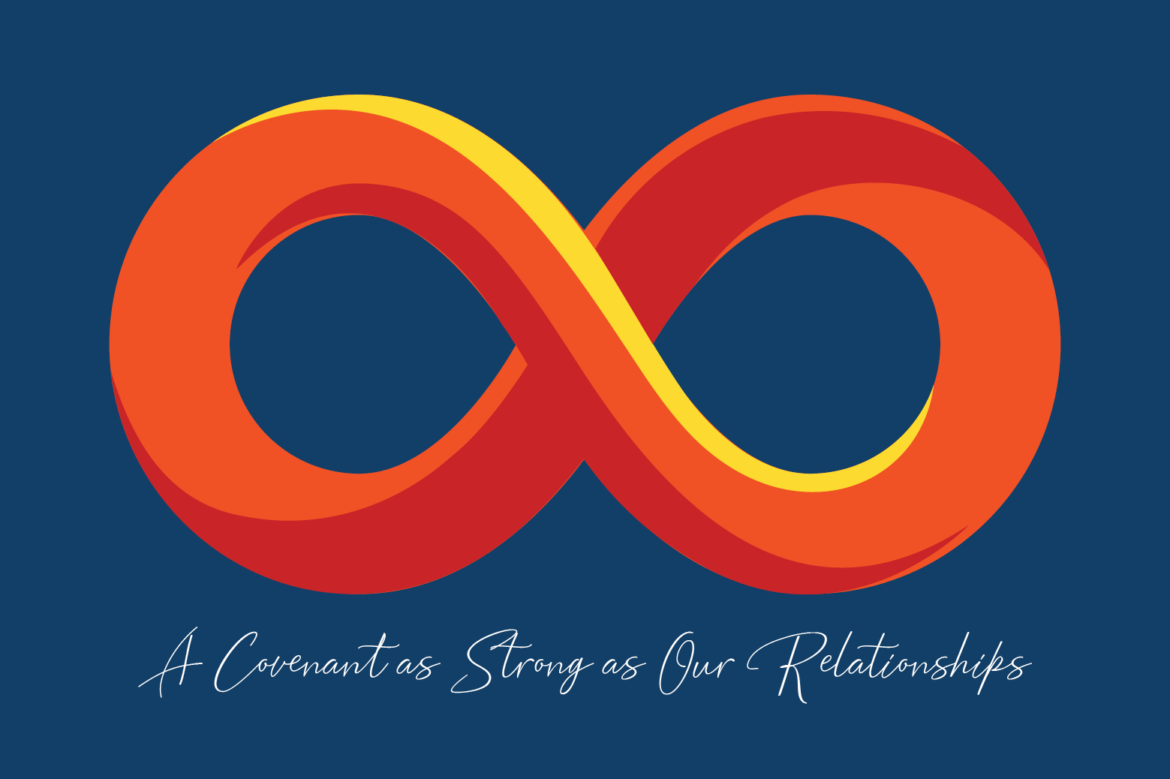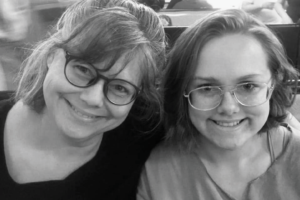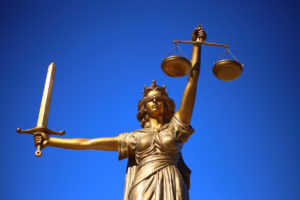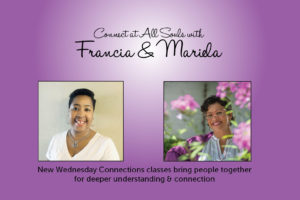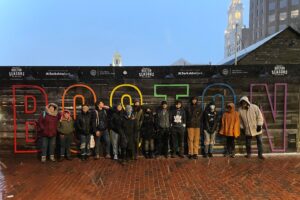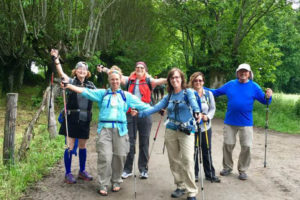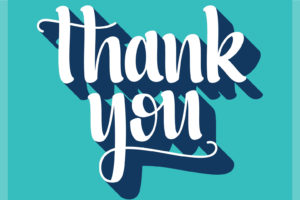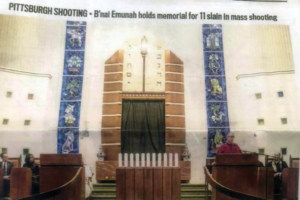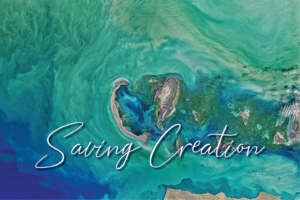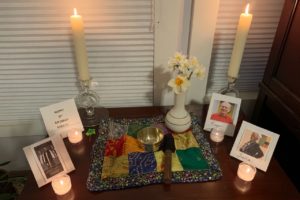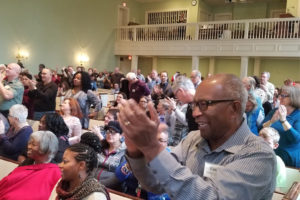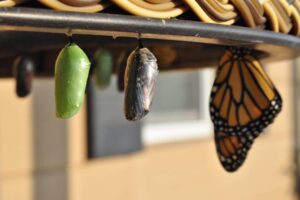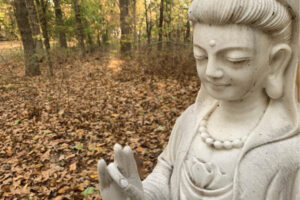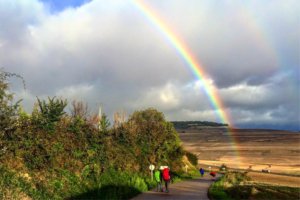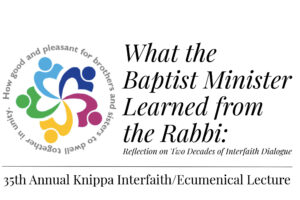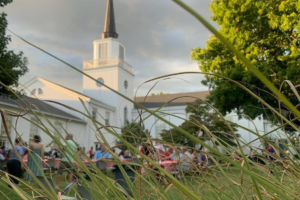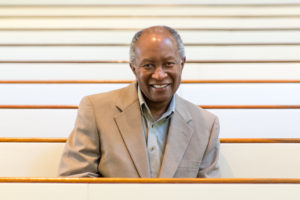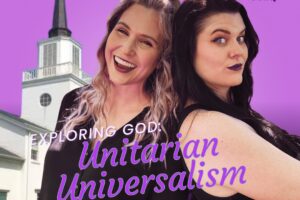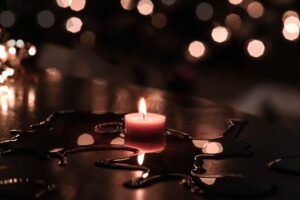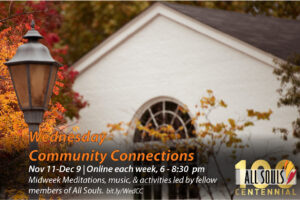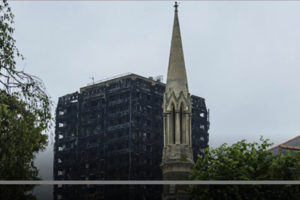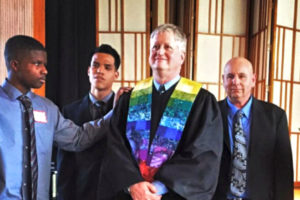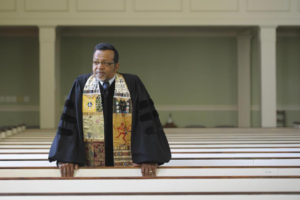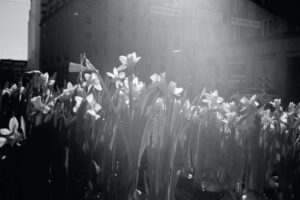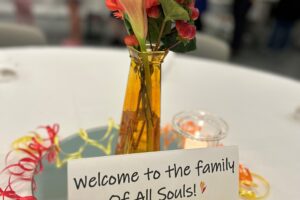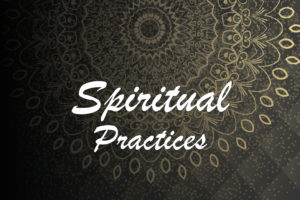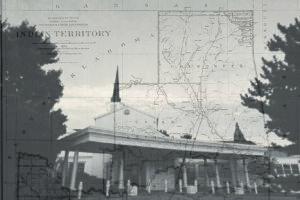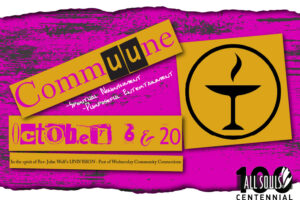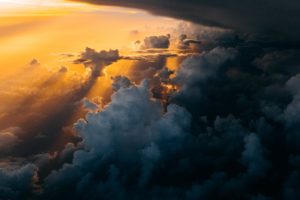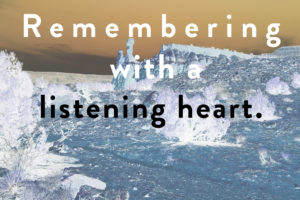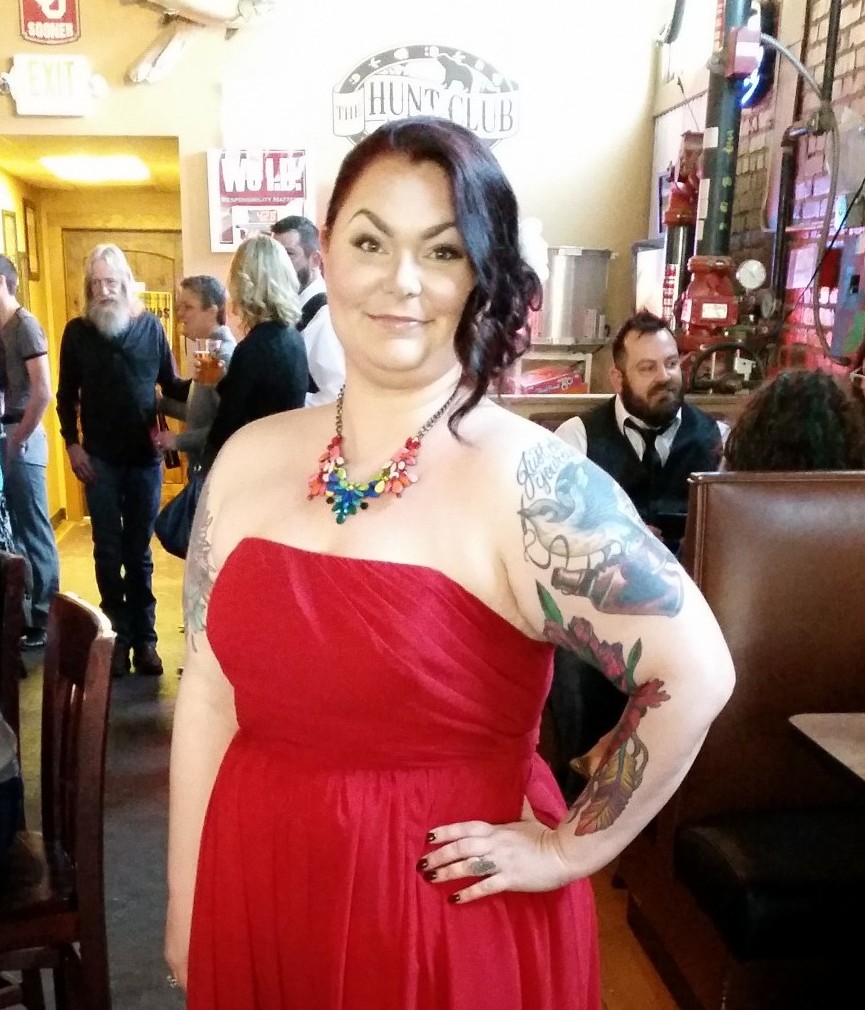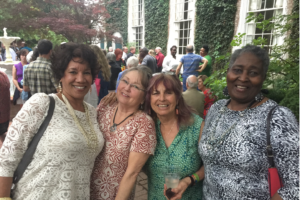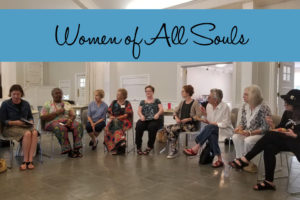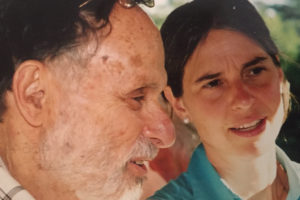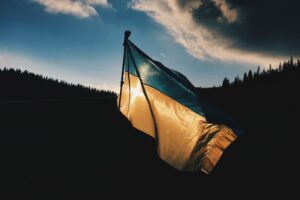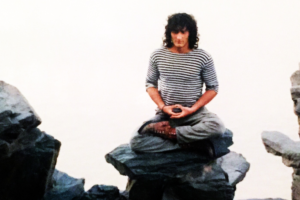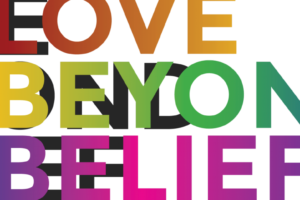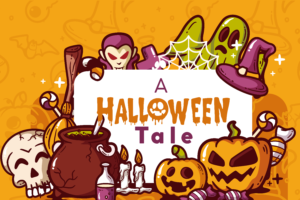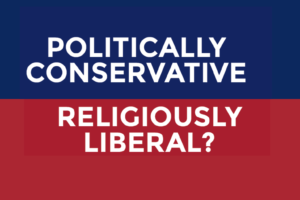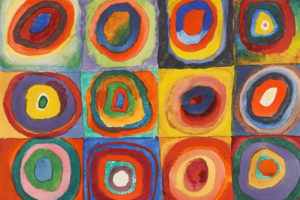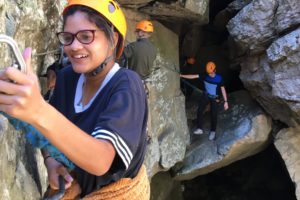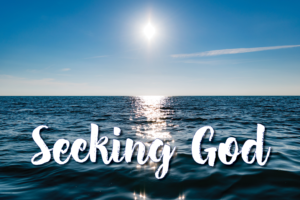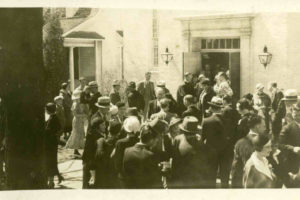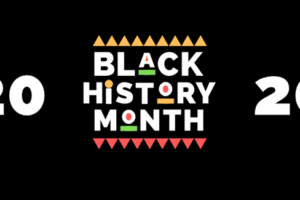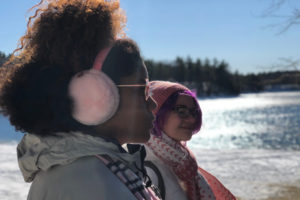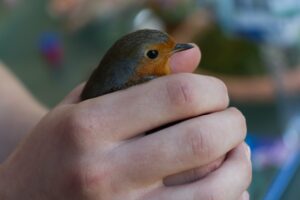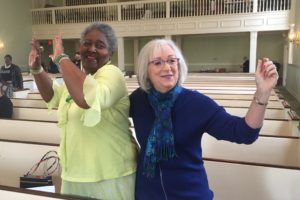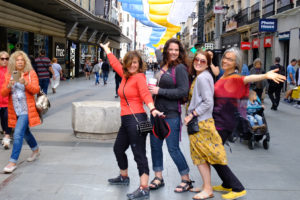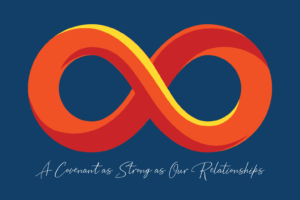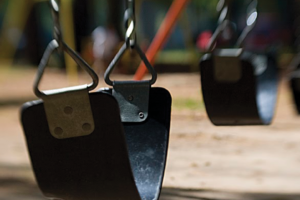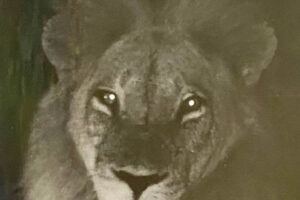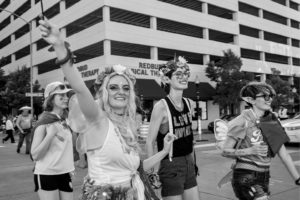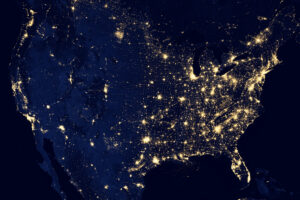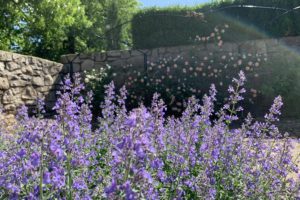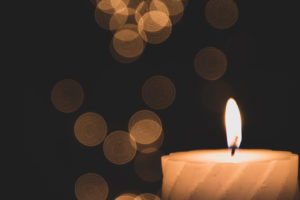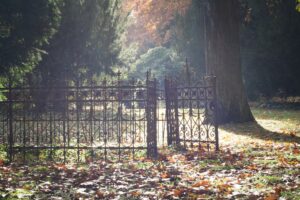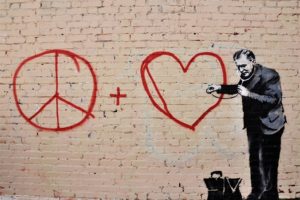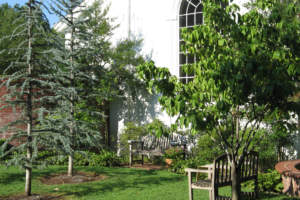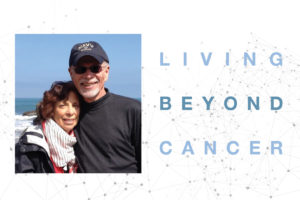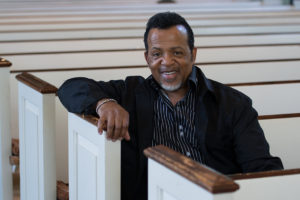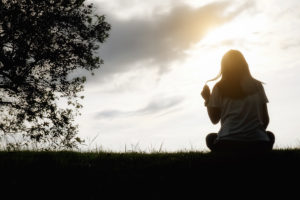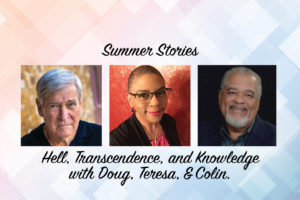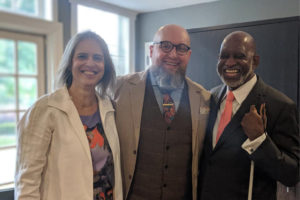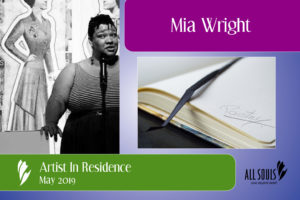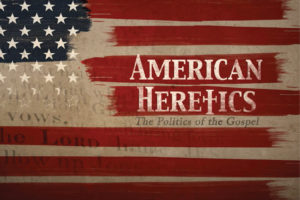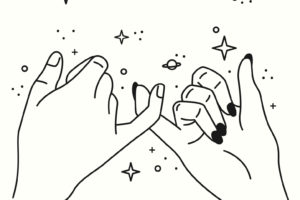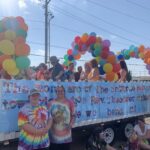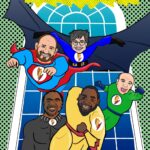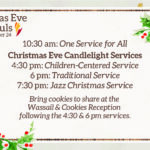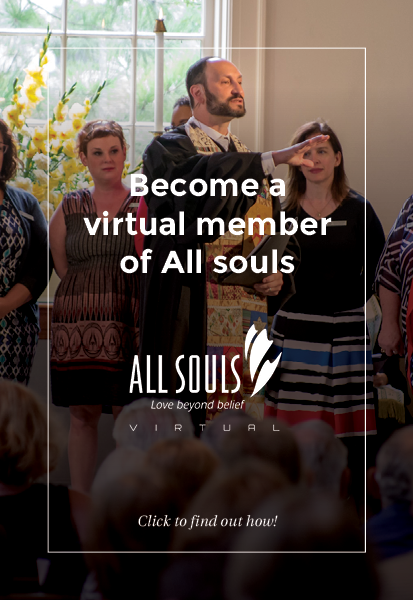This post was originally published in November of 2019. Rev. Prose’s sermon was presented November 10, 2019.
“That’s one the things that ‘queer” can refer to: the open mesh of possibilities, gaps, overlaps, dissonances and resonances, lapses and excesses of meaning when the constituent elements of anyone’s gender, or anyone’s sexuality aren’t made (or can’t be made) to signify monolithically. —Eve Kosofsky Segwick, Queer and Now
Torn in Two
Growing up half Jewish and half Unitarian, I was too Jewish to be a good WASP or Christian, and I was too Christian to be a good Jew.
I was torn in two and refused to be either. But my longing for the sacred would not let me go and so I studied religion from the perspective of many different faith traditions.
What led me to despair as a child and adolescent, I could now analyze. How could worship of God and all that is good, lead to such hatred and violence? I began to understand how the signs and symbols of our faith traditions create identities, empowering people to build structures that then allow them to accumulate power.
Fixed Identities
I saw how through these fixed identities and supporting structures, we the people are separated one from another. I suffered then and now because of the identities which separate me from others. And I also learned to welcome and embrace stories that queer traditional religious signs and symbols, bringing us closer together, reminding us of our shared humanity,
At the same time, a lot of the most exciting recent work around queer spins the term outward along dimensions that can’t be subsumed under gender and sexuality at all: the ways race, ethnicity, postcolonial nationality criss-cross with these and other identity-constituting, identity-fracturing discourses … —Eve Kosofsky Segwick, Queer and Now
Brundibar
An openly gay man in the early 20th century, Maurice Sendak challenged conventional ideas about gender and sexuality. In Brundibar, an identity-constituting, identity-fracturing children’s story, he challenges conventional ideas about religious identity. He queers conventional understandings of religious identity by retelling a story from the Holocaust, and making the characters at the center of the story, not Jewish – but Christian. The reader only discovers this at the end, because of a cross on the wall in an illustration.
“Everybody assumes the hero and heroine are Jewish and the mother is Jewish. They’re not. They’re not. That was my point,” Sendak says. “Those kids were in the wrong place at the wrong time. And all children were in the Holocaust. Everybody was in the Holocaust. So, I made sure my hero and heroine were not Jewish children. That was too easy.”
Sendak takes the cross, which for Jews has long been a symbol of exclusion and persecution, and queers it, turning it into a symbol of connection and inclusion. You are Jewish too, he says to the Christian reader. You are Christian too, he says to the Jewish reader.
“ … to do a new kind of justice to the fractal intricacies of language, skin, migration, state. Thereby the gravitas, but also the center of gravity of the term queer itself deepens and shifts. “
A Covenant as Strong as Our Relationships
Because our congregations are only as strong as our covenants, and our covenants are only as strong as our relationships, it is important that we learn how to queer the religious symbols and words we have inherited. We are all one human family and it is up to us, to reimagine and reinterpret our signs and symbols so that they draw us near, instead of dividing us.
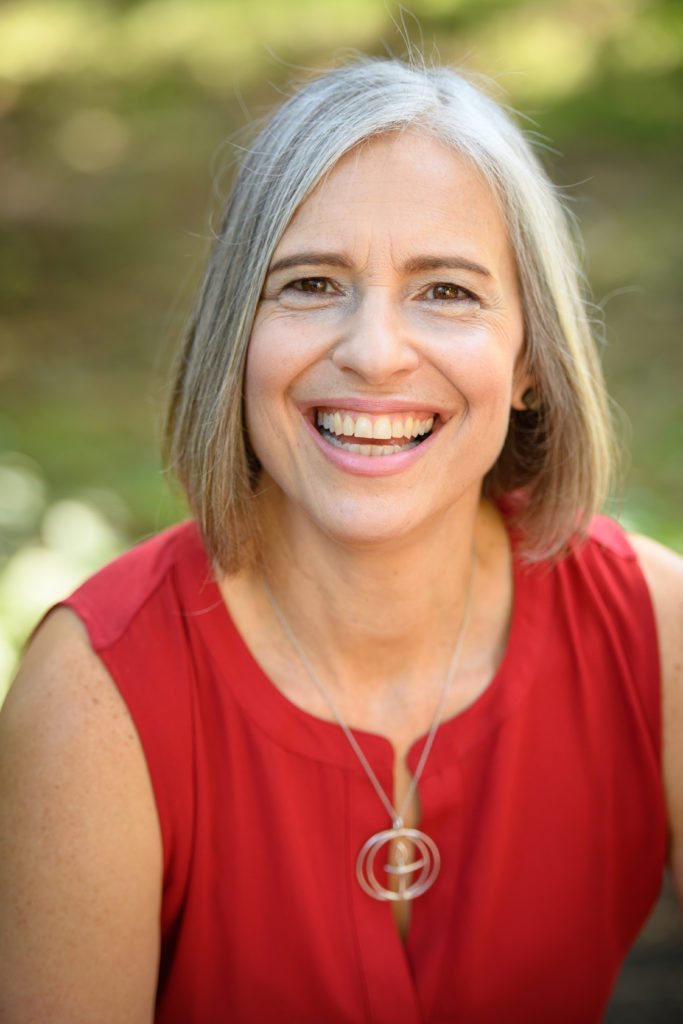
Rev. Barbara Prose will present her final sermon at All Souls Church on Sunday, June 25 at 10:30 am. She has served the church for thirteen years and is moving to the Pacific Northwest to be near family. A reception in Emerson Hall will follow the service.
Watch Rev. Barbara Prose’s sermon Queering our Covenants on our Youtube Channel. Read more from Rev. Prose on BeyondBelief.online.
